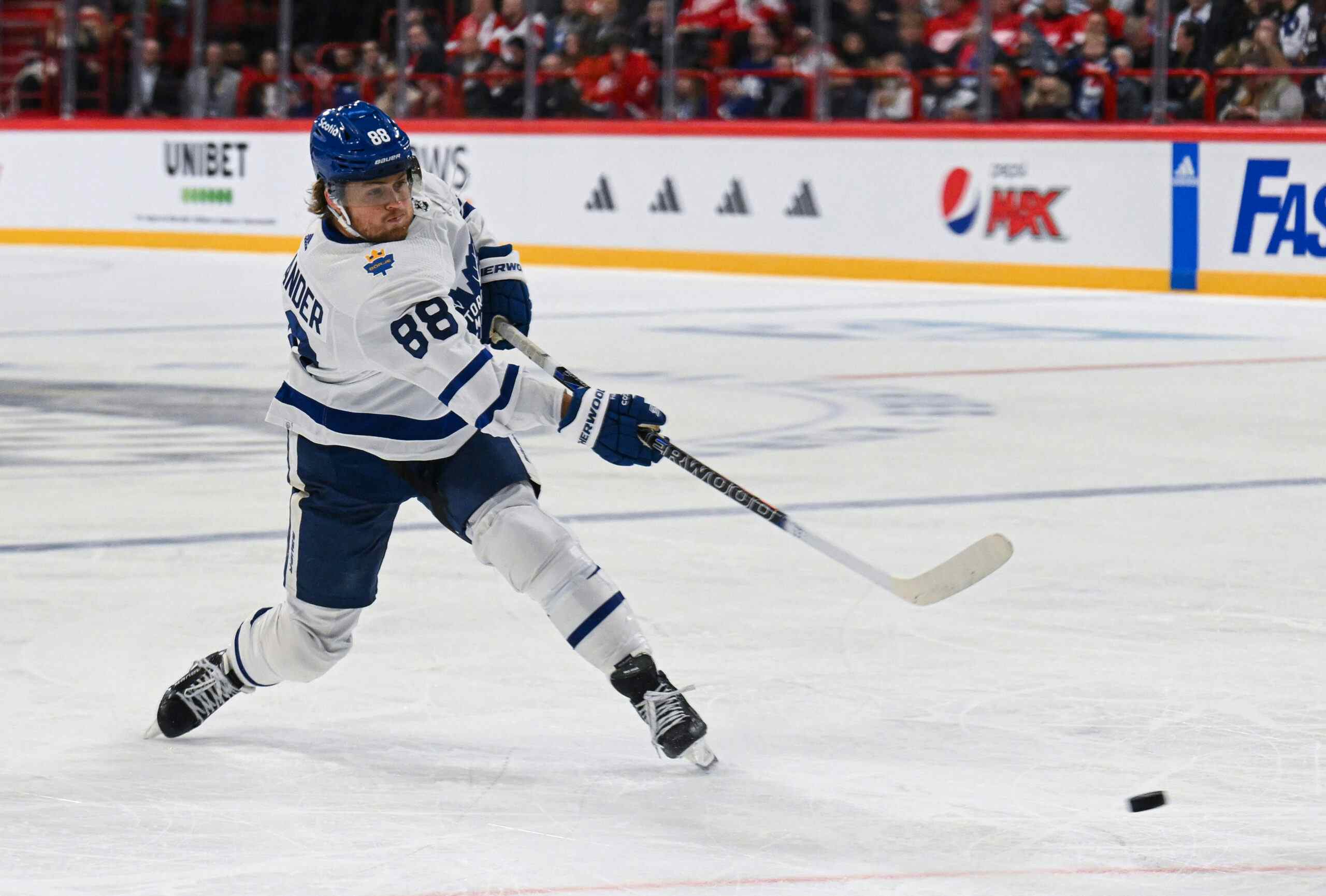Toronto Marlies quality of competition estimates
By Cam Charron
11 years ago
Our favourite thing to do on Friday is to post data dumps, because our market research has showed it’s always great to read a bunch of numbers on a Friday afternoon. We’re getting to that today, shortly.
I’m sure the Toronto Marlies have trouble finding a fanbase in Toronto simply because there’s very limited data that gets published online so we can compare and argue about these players (sure, that’s the reason) but today we’re going to do something different, estimating the quality of competition and quality of teammate rates of regular Marlies players to see where our favourite Leafs prospects stack up.
First, methodology. We got Nations numbers guru Rob Pettapiece to replicate what our friend Scott Reynolds did over at Copper and Blue:
Methodology: To measure quality of competition, I simply looked through the boxscores and identified all of the opposition forwards on the ice for every goal scored both for and against while a player was on the ice at even strength (excluding empty net situations). For quality of teammates, it’s the same process, but I’m identifying the forwards on the player’s team rather than his opponents. The final “quality of competition” number is the average points per game of the opposing forwards when a given player is on the ice, and the final “quality of teammates” number is the average points per game of that player’s forward teammates. For example, a player with a “quality of competition” score of 0.500 would be facing forwards who, on average, have scored 0.500 points per game in the AHL during the 2010-11 season. I like the method because the final number should be pretty understandable.
We have quality of competition and quality of teammate scores over at Behind the Net, but since the NHL counts and records who is on the ice for every shot, it is much more precise, and there is much more separation between checking forwards and players who are being sheltered, but I think we can get a good estimate based on the numbers Rob found.
First off, the forwards. You’ll notice some familiar names at the top. For context, the league average was .270, while the team average was .275:
| QualComp | QualTeam | |
|---|---|---|
| Philippe Dupuis | 0.285 | 0.259 |
| Ryan Hamilton | 0.281 | 0.251 |
| Mike Zigomanis | 0.280 | 0.253 |
| Nazem Kadri | 0.279 | 0.274 |
| Nicolas Deschamps | 0.276 | 0.284 |
| Will Acton | 0.276 | 0.243 |
| Jerry D’Amigo | 0.274 | 0.295 |
| Joe Colborne | 0.274 | 0.316 |
| Matt Frattin | 0.272 | 0.276 |
| Kelsey Wilson | 0.272 | 0.264 |
| Greg Scott | 0.270 | 0.249 |
| Marcel Mueller | 0.267 | 0.284 |
Philippe Dupuis, who spent some time with the Leafs in a checking role, in our estimation faced the best opposing players along with team captain Ryan Hamilton and checking stalwart Mike Zigomanis. Check below, though: Nazem Kadri saw some strong competition but didn’t get the same help from teammates as Joe Colborne.
Does this mean that Kadri is better suited to play in the NHL as a play-driver? It’s unfortunate that we only have goals to go off of, but I think this is particularly encouraging, particularly because his advanced stats in his early NHL career are quite favourable.
For defencemen:
| QualComp | QualTeam | |
|---|---|---|
| Mark Fraser | 0.321 | 0.305 |
| Jake Gardiner | 0.306 | 0.344 |
| Keith Aulie | 0.297 | 0.332 |
| Korbinian Holzer | 0.288 | 0.306 |
| Jesse Blacker | 0.284 | 0.324 |
| Jeff Finger | 0.276 | 0.284 |
| Simon Gysbers | 0.266 | 0.309 |
| Matt Lashoff | 0.265 | 0.395 |
| Josh Engel | 0.263 | 0.315 |
Mark Fraser was re-upped by the club last week, and it looks like he did much of the heavy-lifting for the club, as did Keith Aulie before he was traded. Beyond that though, some promising development out of Korbinian Holzer and Jesse Blacker, while much of the easy lifting was left to Matt Lashoff and Josh Engel.
For those wondering what Jake Gardiner is doing up there, well, he played 21 games with the Marlies this year. Rob’s calculation included playoffs, so Gardiner played with, and against, some high-quality players in that span, on the ice for enough goals to qualify in this analysis. That could explain his minus-1 rating in the post-season. That or randomness.
This analysis doesn’t really tell us anything we didn’t already know. Much of the key roles on good AHL teams are filled by veterans such as Zigomanis, Dupuis or Fraser, and all these players appeared to do their jobs. It’s nice to know that Kadri had his 21 goals and 50 points in 59 games off generally quality opponents, and that Dallas Eakins was putting Holzer and Blacker in good places to develop.
Recent articles from Cam Charron





